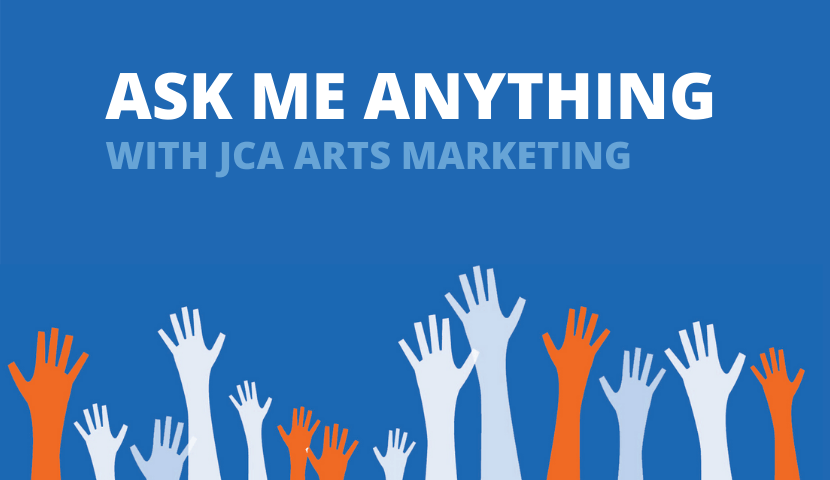Ask Me Anything: Communicating Dynamic Pricing

ASK ME ANYTHING QUESTION
What’s the best way to communicate prices and dynamic pricing?
STEVEN ROTH’S ANSWER
If your organization is engaging in dynamic pricing, or plans to, you need to communicate it loudly, clearly, and often. This will help enhance transparency, eliminate confusion, and may help with cash flow. Let’s take these one at a time:
- Enhance transparency: Many organizations communicate that they are doing dynamic pricing by delivering messages such as “prices subject to change,” “prices good until a certain date,” or “prices are going up on a certain date.” This makes it clear to the patron that prices may and will change. We suggest that whatever messaging you use is prominently displayed on all media where prices are shown (box office, web site, brochures, etc.). For phone sales, some organizations train their telemarketing staff to answer the “What’s the price” question with “The price today is . . .”
- Eliminate confusion: Messaging that you are doing dynamic pricing can help eliminate the awkward customer service situation where a patron says “I looked at your prices yesterday and was surprised to see that they are more expensive today.”
- Help with cash flow: The message that prices are only good until a certain time, or will be increasing on a certain date, may drive a patron to buy early, fill your house, and reduce the necessity of having to wait for last-minute sales.
Here are examples of how some organizations communicate their pricing policies.



Lastly, you should consider how/if you show your prices and seating diagrams in print or on the web. A published price can change and can cause frustration. We suggest you not publish your prices, which gives you leeway to change them. And on seating maps, don’t give detail about which rows are in which price section (i.e. section A has rows A-G, section B has rows H-N, etc.). You want to allow yourself the flexibility to adjust your inventory with your prices.
JCA Arts Marketing collaborates with cultural organizations to increase revenue, boost attendance and membership, and grow patron loyalty. We provide consulting and software services to hundreds of cultural institutions across multiple genres, including dance, museums, opera, performing arts centers, symphony, and theatre. We can help you achieve your marketing goals.
